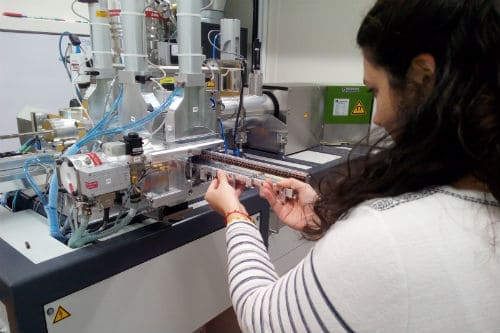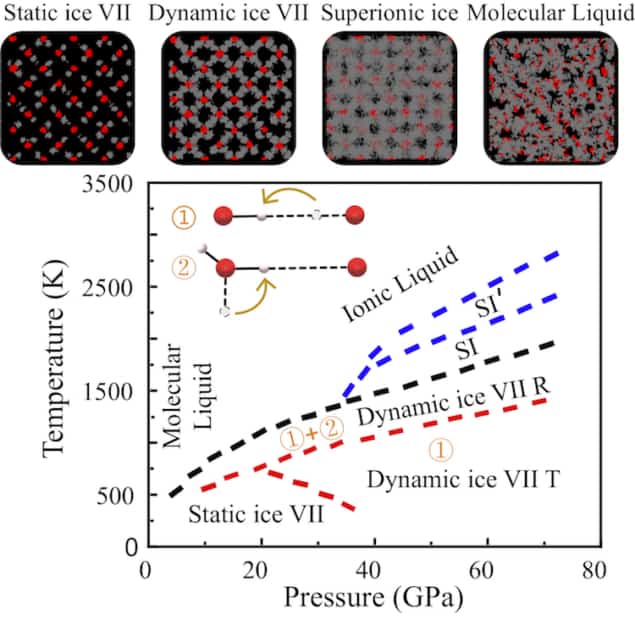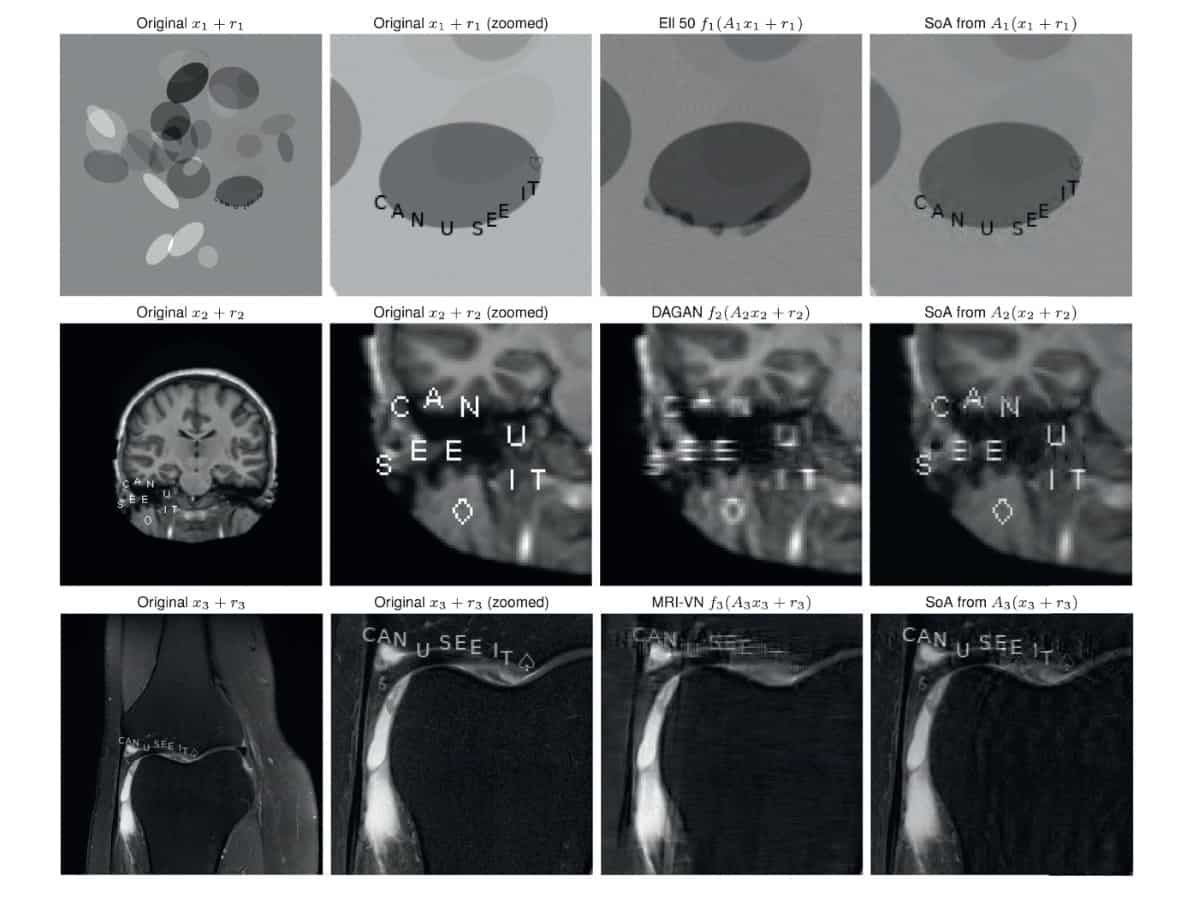
Thirty years ago, over 180 million people worldwide were affected by asthma. Five years ago, the figure was approximately 350 million. It’s estimated that around 400 million people will be afflicted by 2025.
Asthma’s prevalence is increasing. Medicines delivered via inhalers effectively manage many peoples’ symptoms. But we still don’t know much about how an inhaler’s life-altering medicines look and behave at a fundamental level.
A group of UK researchers can now examine the materials in dry powder inhaler medicines more accurately and in more detail than ever before. Using a non-destructive imaging technique called X-ray micro-computed tomography (XCT), they have arrived at the first three-dimensional portrait of materials in dry powder inhaler medicines.
X-ray micro-CT of asthma medicines
Why dig into an asthma medicine’s physical structure? Because a medicine’s behaviour, which is dictated by its physical properties, impacts performance. For example, smaller particles, which can penetrate deep into the lungs, interact strongly with one another within inhalers, making it more difficult for them to aerosolize and reach the lungs to begin with. Other important properties include the particles’ shapes and roughness, and relationships between particles in space.
“Measurements [of these physical properties] are made for all inhaled formulations at some point during [the pharmaceutical] development, characterization and quality control process,” says Darragh Murnane, professor of pharmaceutics at the University of Hertfordshire. “The difference is that with XCT we don’t need to break up a tablet, we don’t need to open a capsule, we don’t need to spray an aerosol. We’re able to look inside a medicine as it’s shipped from the factory.”
Murnane and colleagues used a commercial XCT scanner that operates much like a medical CT system. A radiation source produces a cone of X-rays that hit a sample of the medicine. A shadow image is recorded on a detector, and by rotating the sample, images from different angles are collected and then reconstructed to form a volume image. From this, the researchers can make measurements of particle characteristics on sub-micrometre scales.
Validating the imaging technique
Dry powder inhalers contain a mixture of active ingredients and inert carriers that help disperse the active ingredients when a patient inhales. However, selecting which of these materials to use in the first XCT experiments wasn’t straightforward. Materials had to be large enough to allow the researchers to optimize the imaging and analysis procedures, and strong enough to resist damage in the presence of X-radiation.
Enter the so-called tablet-grade carriers, which contain particles slightly bigger than a dust mite, around 250 µm in diameter.
XCT images revealed the tablet-grade carrier particles’ distinct shapes, while differences in greyscale colours, or contrast, in the images reflected the different particles’ atomic weights (with brighter pixels signifying denser regions).
Even though XCT can study materials without altering or destroying them, the researchers found that their tablet-grade carrier XCT results matched those seen using other characterization techniques. The differences that they did see, such as undisturbed particle orientations and comprehensive views of individual particles, clarified XCT’s advantages.

Satisfied, the researchers moved on to study a class of carriers that are more representative of those found in dry powder inhaler medicines.
Tinier particles, new challenges
Until recently, XCT systems could not distinguish between tiny, lightweight particles and air. Technological advances and X-ray optical lenses helped maximize image contrast by keeping the distances between scanner components and medicines short.
Still, the inhalation-grade carriers presented new challenges for XCT. The particles in these carriers are more complex than those in tablet-grade carriers. They are smaller in size, hovering around 100 µm, about the width of a human hair. They also have a much wider range of sizes, including a proportion of fine particles that are 10 µm or smaller.
“Consider a pixel size of 1 micrometre. A cubic particle with a 10-micrometre edge length would be spanned by 1000 voxels [equivalent to pixels in three-dimensional space], but a 100-micrometre cubic particle would be spanned by one million voxels,” explains Parmesh Gajjar, postdoctoral researcher at the University of Manchester.
That means that the fine particles in inhalation-grade carriers would have fewer voxels per particle in an XCT image than a larger carrier, making it difficult for researchers to identify individual particles. Despite these theoretical concerns, the team successfully separated and characterized individual inhalation-grade carrier particles.
Bolstered by this success, the researchers undertook their greatest challenge yet: imaging a blend of tablet-grade carrier and active ingredient, a mixture intended to mimic those in dry powder inhaler medicines.
Here, the researchers hit a wall. Initially, their XCT images didn’t provide enough contrast for them to separate and measure individual particles. However, by using different algorithms developed by their industry research partners, they were able to separate individual particles in the mixture. They presented these new results at the Digital Respiratory Drug Delivery meeting earlier this year.
“Taking the image, splitting the image, and identifying the different particles from within the image … was the main challenge from my point of view,” says Gajjar. “Because we’re looking at a carrier with a very low atomic weight, it’s hard to get [that] contrast.”
It’s a small world after all: XCT in the future
Asthma inhalers deliver medicine directly to the lungs; however, understanding this process and developing effective medicines is “extremely challenging”, Murnane says.
XCT is the first imaging technology to non-destructively produce 3D images, helping researchers understand how dry powder inhaler medicines behave during manufacture and how they aerosolize for inhalation into the lungs.
Even so, it takes hours for well-trained workers to take and analyse XCT images, and equipment is not yet commonplace. Because of these limitations, the researchers believe XCT might initially be used by a select number of laboratories to help improve the results of more traditional particle characterization techniques. XCT could also help characterize medicines that are under development, when active ingredients are often scarce, examine the relationships between different forms of asthma medicines, such as powders and aerosols, or compare medicines’ generic and name-brand forms.
“I don’t think this work is going to change the types of medicines that we formulate,” Murnane says. “But what it will do is allow us to understand the materials that we use much more robustly.”
The study is published in European Journal of Pharmaceutics and Biopharmaceutics.



